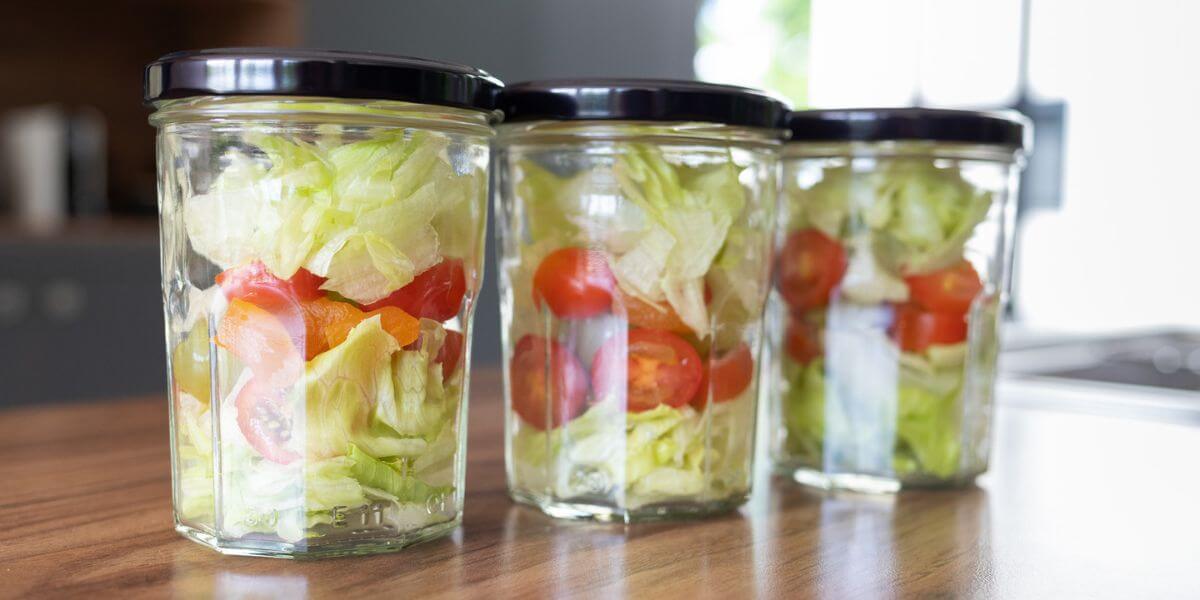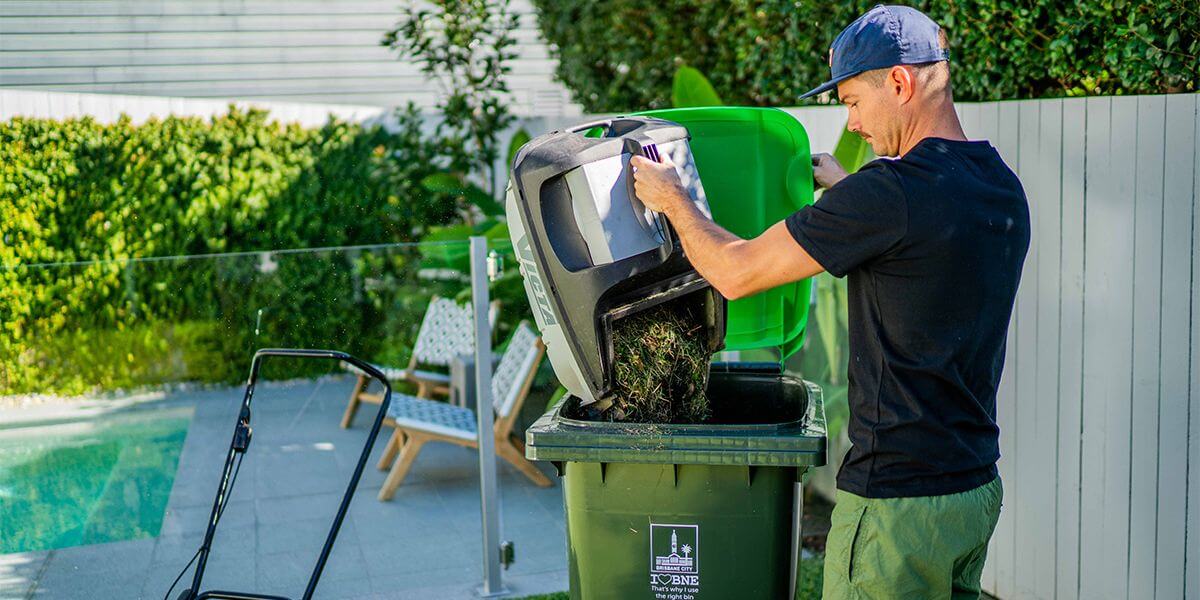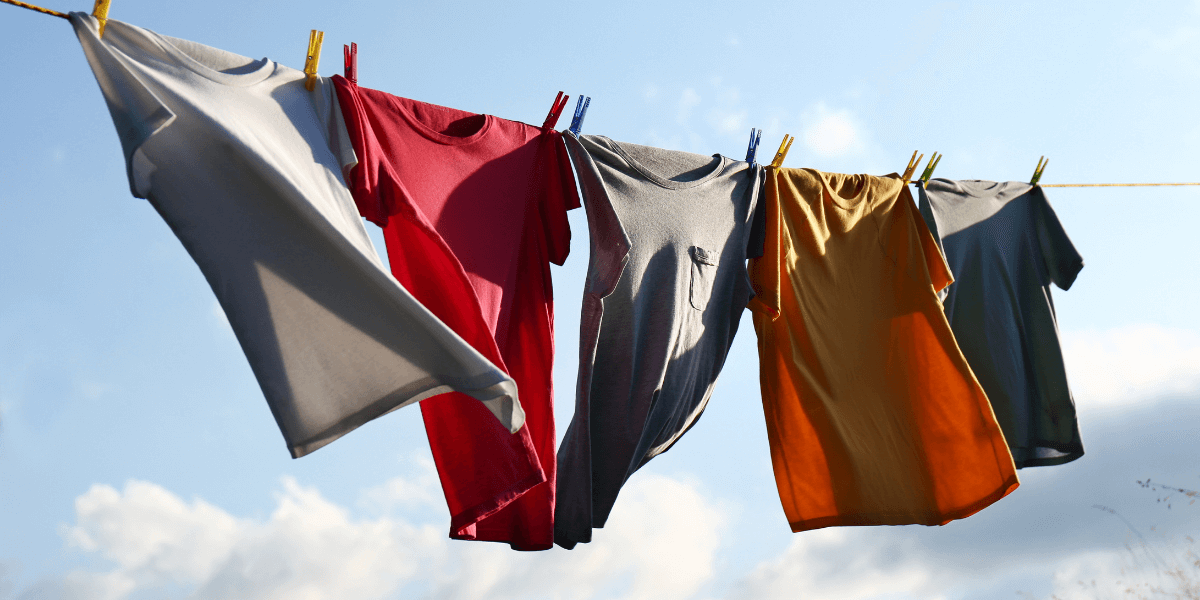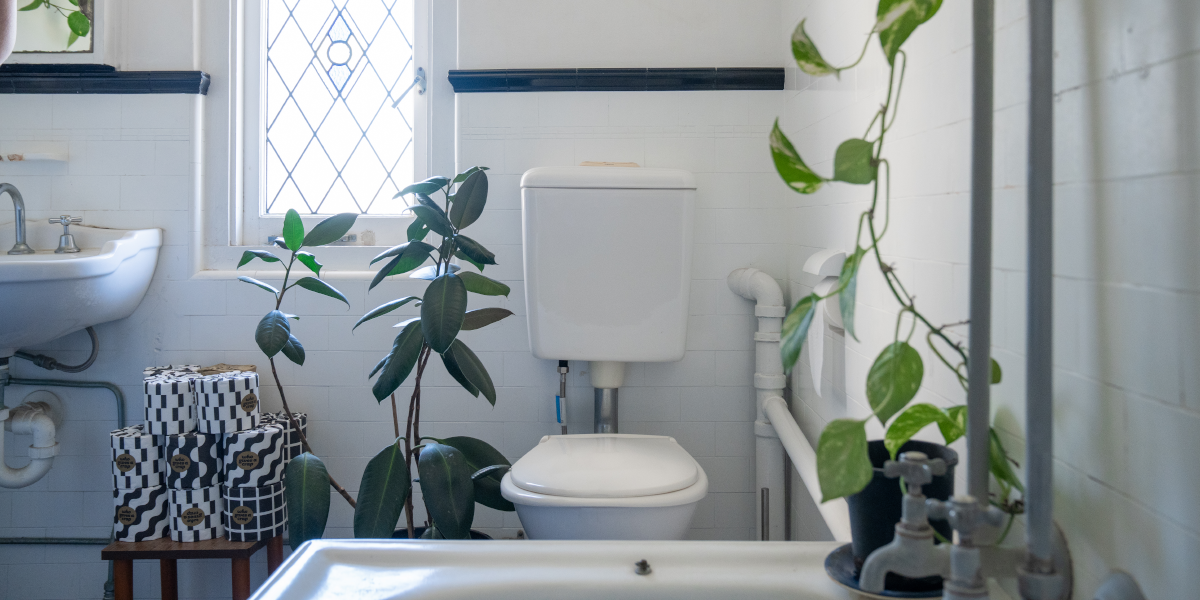REDUCE WASTE, CIRCULAR ECONOMY
SIX WAYS TO SUSTAINABLY CULL YOUR WARDROBE
You might have been putting it off for a while, because let’s face it, culling your wardrobe can often feel like an overwhelming task! But if you go in with a game plan you can tackle it garment by garment with these six sustainable piles in mind…

KEEP PILE
This one is a no-brainer! All the garments you wear on repeat and anything you could see ‘future you’ wearing are total keepers.
Fashion is cyclical so make sure you also hang onto those classic, quality pieces that you can see coming back on trend.
And if you’re up for a challenge, find a new way to wear your clothes that are yet to get a second run. A recent survey revealed that one in three Australians have thrown away an item of clothing after wearing it just once, so if you don’t want to be a part of that statistic give your garments another chance.
GIVE PILE
If it’s really not sparking joy, but you could see it lighting someone else up, give it away!
According to a YouGov survey in 2017, 41% of Australians have thrown unwanted clothes straight in the bin, so rather than dumping them, try donating them to your local op shop and keep your fashion circular. Op shops provide an opportunity for your clothes to have a second life while diverting 300,000 tonnes of textiles from landfill each year.
If you’re not sure whether to donate your clothes, a good rule of thumb is ‘would you give it to a friend?’
The best way to donate your clothing is over the counter at a thrift store, or in one of their official collection bins. Avoid leaving donations outside op shops as these can be damaged by the weather or other people.
And just be careful when you go to donate that you don’t leave with more than you dropped off!
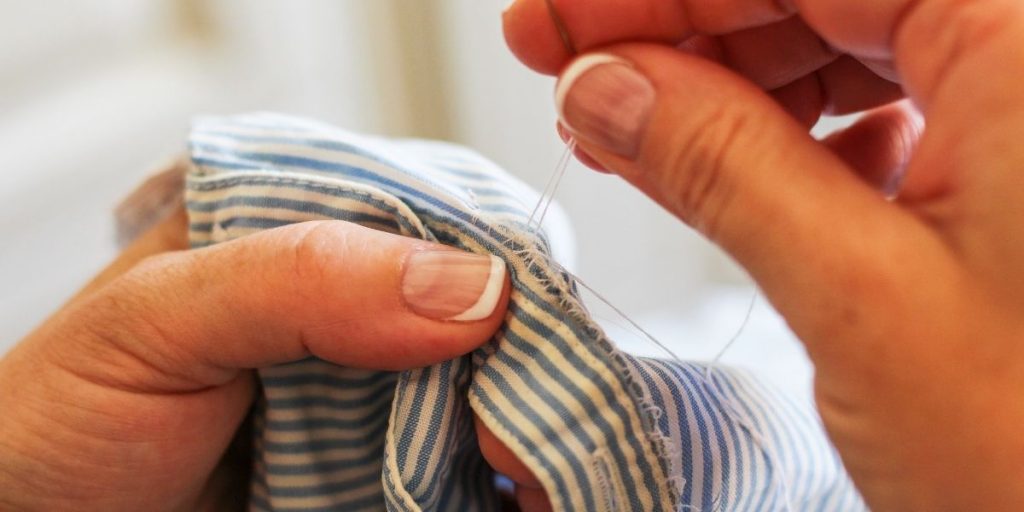
REPAIR PILE
Sometimes all your garments need is a little TLC (and we’re not talking about the 90s R&B group)! They might be missing a button, unravelling or have a hole in them, but before you put your clothes in the too-hard basket, put them on your repair pile!
Try to learn the basics of sewing to bring your garments back to life and for the more intense repairs get a seamstress on speed dial! If your clothes are too loose, too tight or not fitting just right, you could also invest in some press studs, which are great for closing up gaping wrap tops and dresses, and stock up on elastic for sneaky waistband alterations.
This thrifted men’s shirt was upcycled by Hannah into a ‘new’ top. See Peppermint Magazine’s digital sewing magazine for the instructions.
PYJAMA PILE
When you’re not quite ready to part with your clothes but can’t wear them in public anymore because they’re a little worse for wear, wear them to bed! You could also keep them as cleaning clothes so you can get grubby without having to worry.
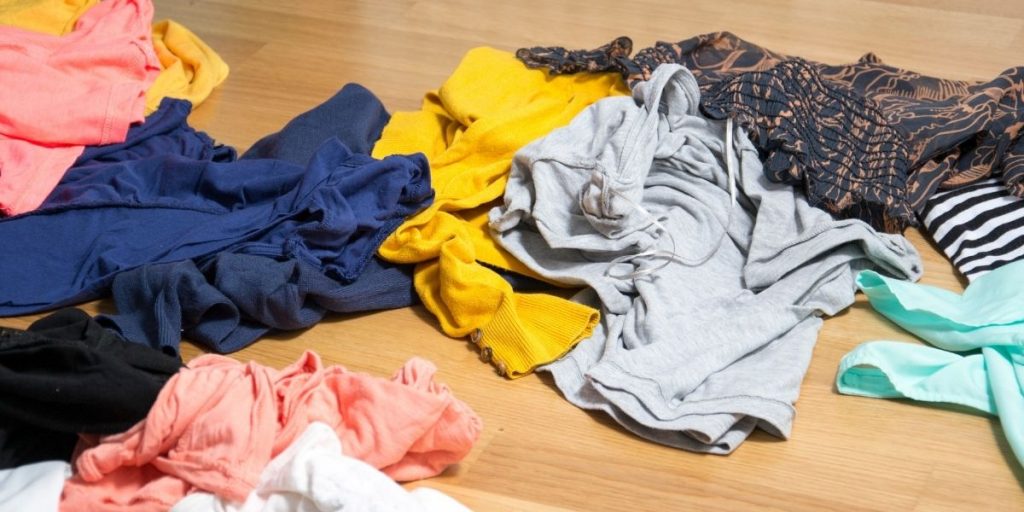
RAG PILE
This pile is perfect for those clothes that are beyond help. If the stains aren’t coming out, you can’t stitch up the holes and you’re ready to cut your clothes loose, cut them into cleaning strips! They’re perfect for those super dirty jobs like cleaning your car, oven, ceiling fans, walls or skirting boards. They also work well for mopping up spills more sustainably instead of pulling out the paper towels.
TEXTILE PILE
If you’ve got enough rags to last you a lifetime, then put your old clothing on the textile pile to be broken down into reusable fibres.
For a fee, circular economy leaders, Upparel will collect your boxed up textile waste from your front door and turn it into quality, useful products from sofas to socks!
You can also drop your textile pile into Uniqlo, Zara and H&M’s recycling boxes in all their clothing stores around the world. All clothes and textiles are welcome from all brands and in any condition, and Zara even accepts household linen, footwear, accessories and jewellery.
These textiles will be used to create anything from recycled collections, fuel, soundproofing material and cleaning cloths, to damping and insulating materials for the construction and auto industries.

The author
This post was written by the BSA Sustainable Living team! We’re here to help you reduce your environmental footprint and lower your cost of living along the way.

